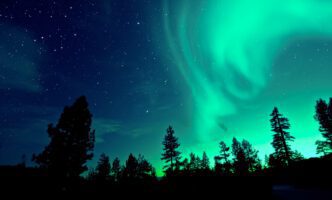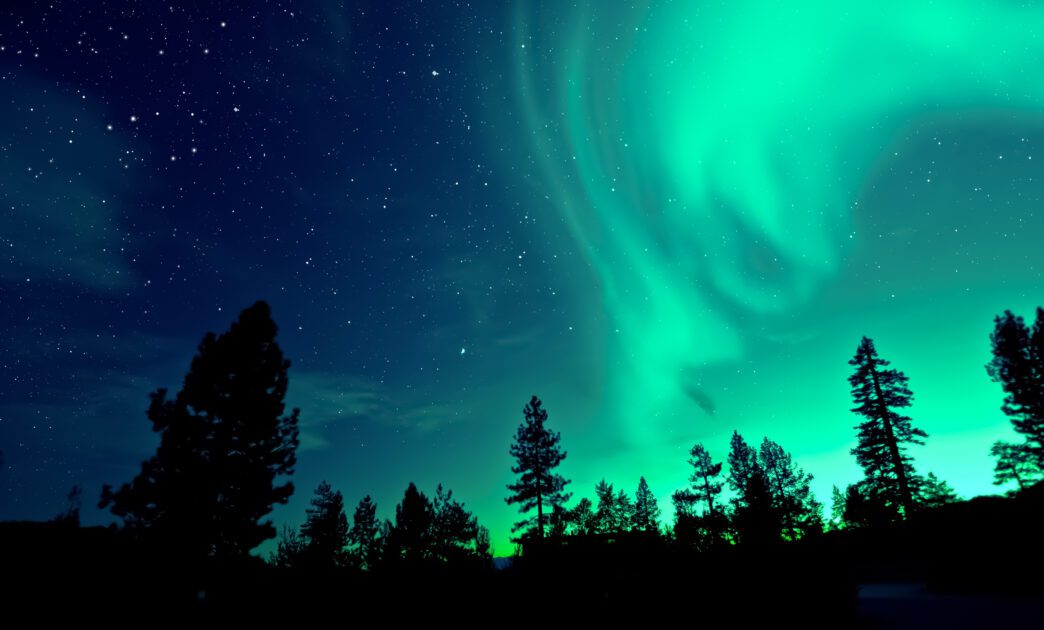Executive Summary
- A strong geomagnetic storm is forecast for November 12, creating the potential for a northern lights display visible in Wisconsin.
- Weather conditions in the Appleton area are expected to be favorable, with clear skies predicted for the evening.
- Optimal viewing times are between 10 p.m. and 2 a.m., in areas away from city lights with an unobstructed view to the north.
- The increased solar activity is linked to the sun being at the peak of its 11-year solar cycle.
Residents in parts of Wisconsin, including the Appleton area, may have an opportunity to witness the northern lights on the evening of November 12 due to a significant geomagnetic storm. The National Oceanic and Atmospheric Administration’s Space Weather Prediction Center has forecasted a potentially strong and bright aurora borealis display across several northern states following a showing the previous night.
Favorable viewing conditions are anticipated in the Appleton area, with the National Weather Service forecasting clear skies and a low temperature of 30 degrees. For optimal viewing, the Space Weather Prediction Center advises heading out between 10 p.m. and 2 a.m., which is typically when the aurora is most active.
To increase the chances of a clear sighting, experts recommend moving as far away from city lights as possible. Selecting an elevated location with an unobstructed view to the north, such as a hilltop, can also significantly improve the viewing experience. Several local parks, including Hatten Park in New London and High Cliff State Park in Sherwood, have been suggested as potential viewing spots.
Scientific Context of the Aurora
The aurora borealis is caused by charged particles from the sun, often from coronal mass ejections, interacting with Earth’s magnetic field. This interaction results in a geomagnetic storm, which can produce the light display. According to NASA, the sun is currently at its solar maximum, the most active point in its 11-year cycle, leading to increased electromagnetic activity. The storm on November 12 could reach a G4 level on NOAA’s five-level scale, though intensity can change rapidly.
While sightings are not guaranteed, the combination of a strong solar storm and clear weather provides a promising opportunity for Wisconsinites to see the northern lights. Viewers can consult NOAA’s 30-minute Aurora forecast tool for the most current updates on viewing conditions.








